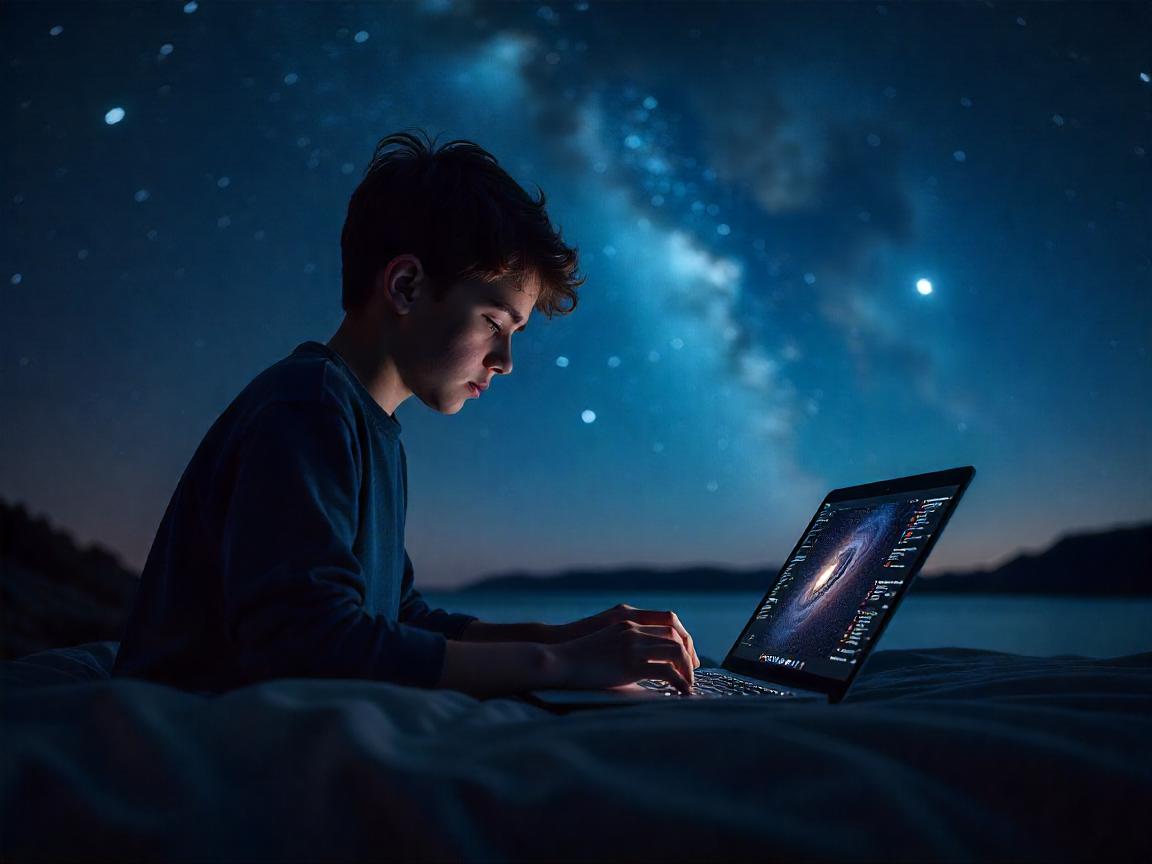
Teen’s AI Discovers 1.5 Million New Space Objects
When a teen with access to AI technology can outrun billion dollar observatories, it’s not only a story, it’s a sign that the future is here. A young coder recently created an algorithm, able to handle big astronomical data files, that identified 1.5 million previously unclassified space objects. That spans from great supernovae and possible black holes to racing ex-situ bodies that escaped the sight of traditional sky surveys. The event is a good example of how far the power of artificial intelligence can go when combined with an appetite for raw curiosity and determination.
The accomplishment may appear to be unlikely, yet it’s a wordy illustration of how AI finds space objects in ways human experts never would have imagined possible a few years previously. And most importantly, it defines who is going to make those discoveries.
How AI finds space objects faster and better.
This revolutionary algorithm applied pattern recognition to parse through terabytes of archived space images, including dim and noisily radiating signals, which would otherwise, be missed out by manual review. Instead of relying on pure, neat data, the AI performed better in detecting anomalies in chaotic light curves and minor pixel-level fluctuations across sky scans.
What was the best about its is not only the accuracy – it was speed. It scanned through what would take humans several months or years to search through in days, flagging up millions of objects worth studying. These range from known varieties such as Type Ia supernovae to strange and poorly-lit signals that don’t want to be fitted into known types.
The takeaway is clear: AI finds space objects not only faster but surprisingly accurately and even catches signals that the traditional systems might miss or misclassify altogether.
What Has Really Been Discovered in Among the 1.5 Million Artifacts?
Several classifications stood out among the millions of AI flagged space objects. Some of the most attention catching finds are faint, quickly fading supernovae, dark moles for stellar-mass black holes, and high-speed asteroids which might provide tracking problems.
Curiously however, a few of these flagged phenomena had weird spectral signatures which prompted astronomers to pursue an inquiry into whether these might be heralding undocumented cosmic events. A single instance stood out where a hitherto identified noise is presently being considered as an interstellar black hole candidate – a rarity on tap of modern discovery.
This further validates how powerful it is when AI announces space objects – it’s not the number, it’s novel quality and insight.
The self taught teen behind the discovery.
The story becomes even more touching if you know who created the algorithm. Gaining no formal university education or institutional exposure, the teen picked up on all manner of topics, including neural networks and astronomical data analysis. To experiment and fail was spent for many long nights prior to arriving at a scalable AI model that is now impacting space science in reality.
It’s a living textbook example of the modern citizen scientist. Even though professional astronomers worked with the same data for years, it was this outsider led by AI, and sheer will who saw what others didn’t. Accounts such as these change the impression of who may contribute to astronomy.
And, hopefully, even more importantly, it shows that when AI finds space objects, it doesn’t care about your credentials, just your code.
A New Era in Astronomy: Powered by AI
The implications of this new landmark are far reaching. Space is longer an untamed frontier migrated only by elite institutions and elite funded agencies. With the growth of the open data and open source software world, the breakthroughs are becoming de-centralised. The new telescope is the AI – sharper, scalable and accessible.
The shift to experts using operations like machine learning pipelines in big somewhat office-like observatories from students developing neural networks on consumer laptops is happening. The second wave of discovery can’t be restricted by what telescopes catch – it’s about the information unpacked and found out by AI from the within the noise.
The universe hasn’t changed. But if we had tools like this, we just multiplied our ability to understand it by a million new stars.